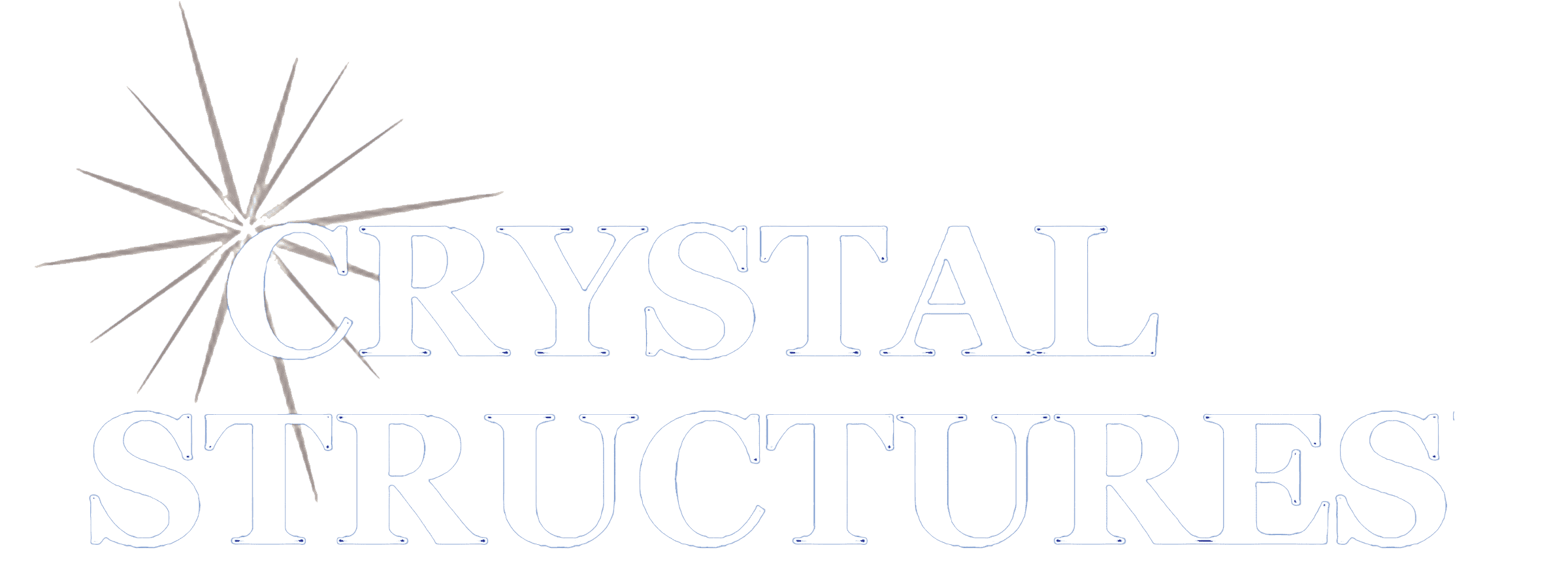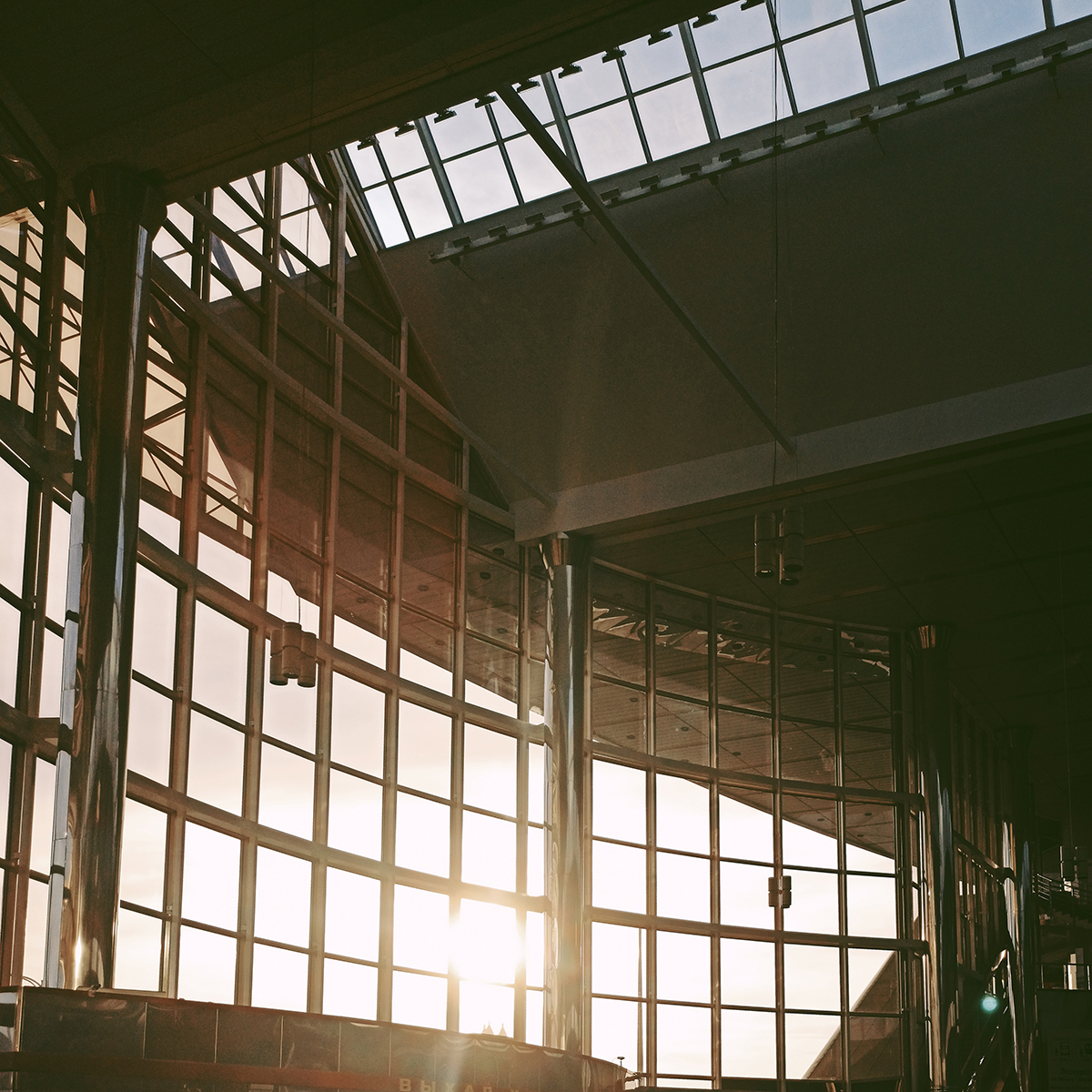What is the best type of glass for your project?
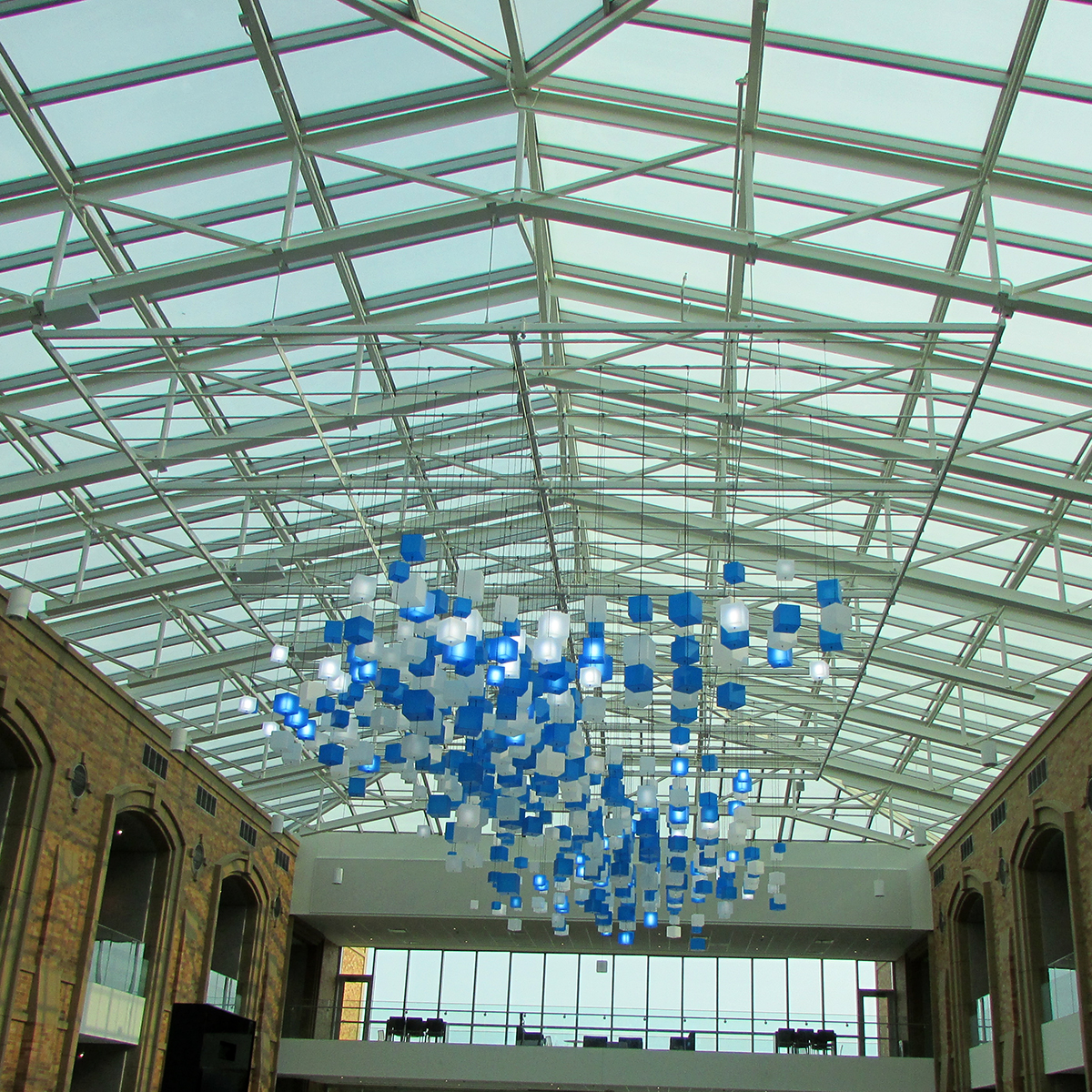
The type of glass you’ll want to use on your skylight, canopy, or other sloped glazing depends on the building codes in the area and the placement of the glazing.
When you want an opening in the building envelope, glass is the answer. It doesn’t crack, fade, yellow, shrink or haze on its own. Glass withstands the test of time and it’s environmentally friendly. It’s both porous and a good insulator. It’s such a specialty product that there are really only a handful of major glass manufacturers in the world: Viracon, Vitro (PPG), Guardian, Pilkington, Cardinal, and Saint-Gobain are at the top.
The type of glass you’ll want to use on your skylight, canopy, or other sloped glazing depends on the building codes in the area and the placement of the glazing. There are 5 main types of glass we use in our projects. The following is a list with a description of the glass.
- Annealed Glass: When glass is annealed, it is slowly cooled to relieve any internal stresses. When not annealed, glass is more likely to crack when exposed to temperature changes. Unlike tempered glass, the traditional annealed glass will break off into large, sharp shards when broken. This can pose obvious safety risks. This is not a safety glass and should not be used in areas where it could cause an injury if broken.
- Tempered Glass: is about four times stronger than “ordinary,” or annealed, glass. Tempered glass fractures into small, relatively harmless pieces making it a good solution for building envelopes. Tempered glass is four to five times stronger and safer than annealed glass. As a result, tempered glass is less likely to experience a thermal break.
- Heat Strengthened: Heat-strengthened glass is typically specified when additional strength is needed to resist wind pressure, thermal stress, or both, and the additional strength or safety break pattern of fully tempered glass is not required. With this type of glass, the cooling process is slower, which means the compression strength is lower
Heat-strengthened glass, when broken, reacts in a similar manner to annealed glass fragments so the broken pieces tend to stay in place longer. Heat-strengthened glass is NOT a safety glazing by building code, but the breakage pattern prevents the glass from falling on people thus causing injury.
- Laminated Glass: This is a type of safety glass that holds together when shattered, it’s commonly used in front car windows to prevent injury. It’s also used in most sloped glazing like skylights and in glazed structures. The “laminate” is a thin coating of polyvinyl butyral (PVB) or ethylene-vinyl acetate (EVA) sandwiched between two glass panes. The interlayer prevents the glass from separating completely like an annealed, tempered, or heat-strengthened glass.
- Impact Glass: Also known as hurricane glass, is a combination of tempered glass and laminate. With this type of glass, the laminate layer is much thicker, as much as the glass pane itself. Impact-resistant glass must meet certain guidelines. The American Society for Testing & Materials (ASTM) is the organization responsible for certifying glass to be impact resistant.
Which type of glass is best for your project?
Most of our glazing is a dual-pane combination of tempered glass (on the side that faces out) and laminated glass (on the side that would be near people). This assures that any glass breakage won’t harm the building occupants. Double-glazed windows consist of two layers of glass, often with a layer of inert gas sealed between them. This creates nearly twice the insulation as single glazed units. Once sealed, the unit becomes airtight. Not only is dual-pane glass safer, but it’s also more energy efficient.
When using glass for solariums, conservatories, and skylights, relative heat gain is always the biggest concern. Especially when working toward LEED certification. If you’re concerned about heat gain or loss, you’ll want to consider high-performance coatings. These coatings are designed and engineered to reduce solar heat gain and ultraviolet light penetration. Coatings are usually applied to the inside panes of dual pane glazing to either retain heat or reflect heat outward. Combined with Argon gas, deliver great glass performance.
Our experience has proven that if you are considering the addition of daylighting with skylights or a full solarium, the use of tempered or laminated glass with Low-E coatings will put you in control of the environment.
More From This Category
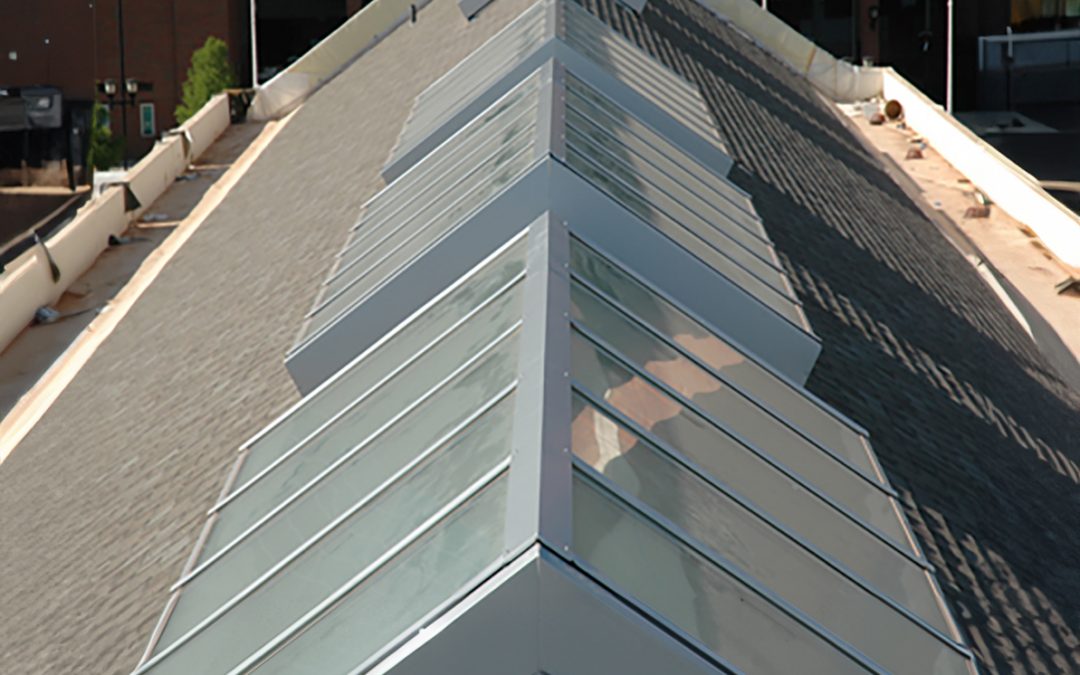
The 4 Types of Ridge Skylights
Four types of ridge skylightsRidge skylights combine aesthetic appeal with functional...

Why Businesses Are Choosing Reglazing for Skylights and Glazed Structures
Rather than entirely replacing skylights or glazed structures, reglazing just the IGUs provides...
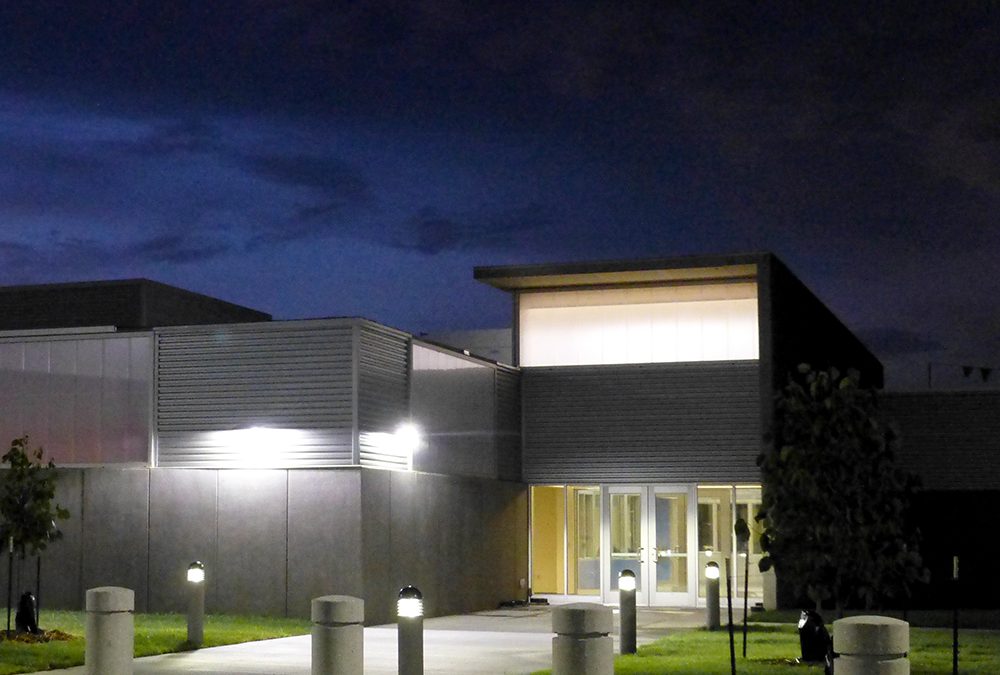
Polycarbonate clerestories are shedding new light on energy-efficient daylighting.
Polycarbonate provides translucent brilliance in filtering natural lightA clerestory is an...
